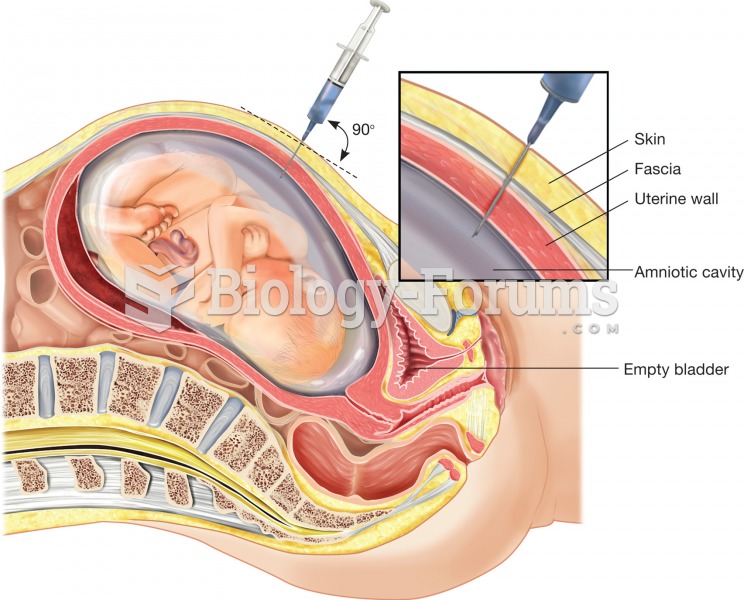|
|
|
Warfarin was developed as a consequence of the study of a strange bleeding disorder that suddenly occurred in cattle on the northern prairies of the United States in the early 1900s.
Prostaglandins were first isolated from human semen in Sweden in the 1930s. They were so named because the researcher thought that they came from the prostate gland. In fact, prostaglandins exist and are synthesized in almost every cell of the body.
More than 30% of American adults, and about 12% of children utilize health care approaches that were developed outside of conventional medicine.
The effects of organophosphate poisoning are referred to by using the abbreviations “SLUD” or “SLUDGE,” It stands for: salivation, lacrimation, urination, defecation, GI upset, and emesis.
In 1886, William Bates reported on the discovery of a substance produced by the adrenal gland that turned out to be epinephrine (adrenaline). In 1904, this drug was first artificially synthesized by Friedrich Stolz.
 Amniocentesis. In this examination procedure, amniotic fluid is aspirated with a syringe that is ins
Amniocentesis. In this examination procedure, amniotic fluid is aspirated with a syringe that is ins
 Landbridge connections between continental Asia and Indonesia during glacial periods extend as far a
Landbridge connections between continental Asia and Indonesia during glacial periods extend as far a





